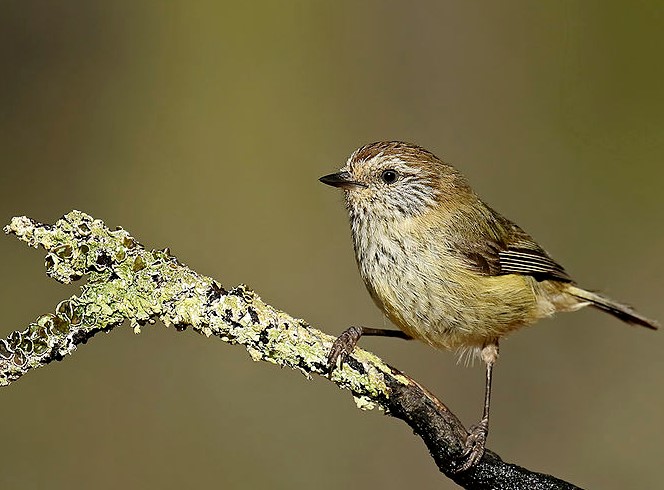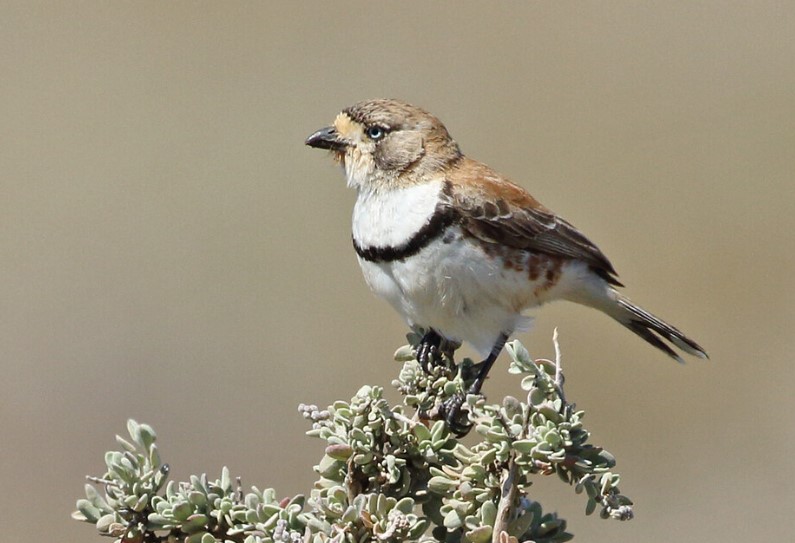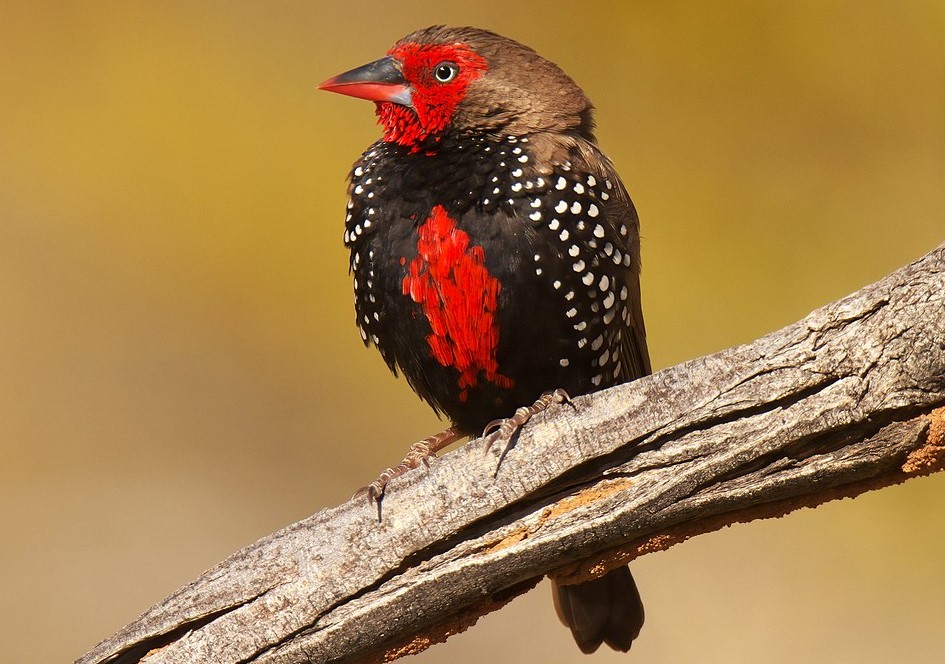Striated Thornbill (Acanthiza lineate) is completely arboreal, feeding, roosting, and nesting in trees. It is also known as Striated Tit, Striped Tit, and Striped-crowned Thornhill. It belongs to the family Acanthizidae. However, unlike Yellow Striated Thornbill, they live almost exclusively in eucalypts, particularly forest eucalypts around the southeastern seaboard. Abundant birds, they forage mainly in the canopy at up to 50 meters above the ground.
The bird hops, gleaning quickly through one tree’s outer foliage, then flits from one to the next, chipping constantly to stay in contact. It is rare for them to stay in one tree for a long period. Aside from leaf beetles, weevils, bugs, caterpillars, and spiders, scale insects are also eaten. As they hover, they pluck the leaves from the trees. In contact with other birds, Thornhill calls can be heard as a soft buzzing tiz or tiz-tiz, nearly nonstop and almost continuously. In the breeding season, Striated Thornhills sing a fast, quiet, high-pitched trill.

The size of a striated thornhill is about 100 mm long. In the same few hectares of forest, they spend all their lives, Striated Thornbills are sedentary, communal, and territorial birds. In the absence of breeding, they form enlarged clan territories of about six hectares and band into groups of up to 25 birds.
Their feeding catalyzes the feeding of other bird species as well. As spring approaches, clans form breeding groups with one female to one to three males. In most cases, the female nest builds and incubates the young; sexes, and helper males, feed the young, which later join the clan until the next spring.
Both sexes are similar. The upper parts are plain dull olive; crown-washed russet and streaked white. The wings are browner, and the tail is olive-brown with a black band near the tip. Brows are white; cheeks streaked white. Underparts are dull white, streaked dusky on the throat and breast; the flanks are pale gray to pale yellow. Eyes are grey-white. The bill is dusky; the base is pale grey. The feet are grey-brown. The immature bird is duller than the adult; its throat is mottled.
Striated Thornhill bird lays three eggs, which are pale pink-cream with red-brown spots, particularly at the larger end; oblong-oval, about 17 x 12 mm. A female’s incubation period is approximately 15–17 days. Nesting and breeding season occur in July-December; later in the mountains.
Nest a neat oval or pear-shaped dome, 100 mm long and 75 mm broad, with a round, spout-like entrance near the top; of fine bark strips, grasses, spiders’ egg sacs, and cobwebs; lined with feathers, fur, or soft fiber; suspended from the top, in outer branches of eucalypts, 5-10 meters above the ground.
Striated Thornhill is found in dry eucalypt forests around the southeast coast and ranges, from Kroombit Tops, Queensland, to Mt Lofty Ranges, SA. As of now, there are three different races.
Read More: Mountain Thornbill (Acanthiza katherina)







